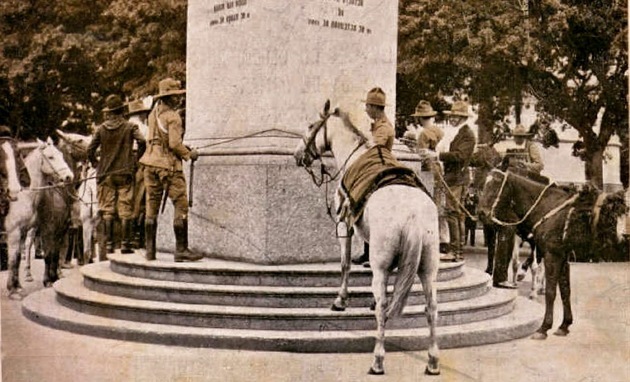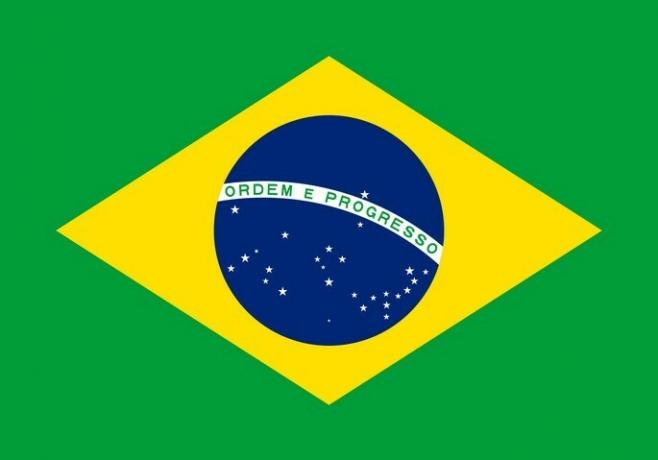Currently, it can be easily observed in the mass media, such as newspapers, radio and TV, or even on social networks, such as the Facebook, heated and visceral discussions about political positioning, which involves the choice between "right" or "left". You may not even know where these terms come from and what exactly they indicate, but you are certainly vaguely aware. Well, for this to be explained well, it is necessary to refer to France in the year 1789, at the time when the famous Revolution.
The English philosopher Roger Scruton, in his work “The Thinkers of the New Left”, points out the following:
“The modern use of the term 'left' derives from the Assembly of the Estates General of 1789, when, in France, the nobility sat on the king's right and the Third Estate on his left. It could have been the other way around. In fact, it was the opposite for everyone but the king. However, the terms 'left' and 'right' remain with us and are now applied to factions and opinions in every political order.”[1]
The Assembly of the States General was instituted with the objective of deciding the direction of France after the whirlwind of revolts that shook the country in 1789. The sides to the left and right of the king came, over time, to symbolize political postures associated with the figures who occupied such sides, that is, radicals and revolutionaries on the left, and conservatives and moderates on the right. These positions, as Scruton says, are still echoed today in discussions between political factions sympathetic to one or the other current.
It is also necessary to understand what were the developments of the revolutionary perspective of ideologies such as the communism (designed by KarlMarx), O anarchism (which has Russian as one of the main exponents MikhailBakunin) it's the unionism, which are attached to the left; as well as authoritarian ideologies, such as nationalisms from the turn of the 19th to the 20th century, which some authors traditionally associate with the right. Among the ideologues of these nationalisms are figures such as CharlesMaurras and OwnerCortez.
There is still the problem of Nazism It's from fascism, which, more than anything, were collectivist and totalitarian political movements, but are identified by the left intellectuals as right-wing movements and by right-wing intellectuals as right-wing movements. left. This exchange of accusations permeated many discussions throughout the 20th century. These debates ranged from the economic perspective to the moral stance of the leaders who represented each of these denominations.
The fact is that, to escape the simplifications of these political conceptions, the best way is to study the thought of the theorists of each side, as well as analyzing the historical facts that occurred in regimes where the perspective of the right and the perspective of the left. Among the leading right-wing theorists are Edmund Burke, Samuel Johnson, Russell Kirk, Adam Smith, Irving Babbit, Ortega y Gasset, Ludwig von Mises, and Raymond Aron. Among the left-wing thinkers are Karl Marx, Friedrich Engels, Mikhail Bakunin, Vladimir Lenin, Leon Trotsky, Errico Malatesta and Antonio Gramsci.
By Me. Cláudio Fernandes



